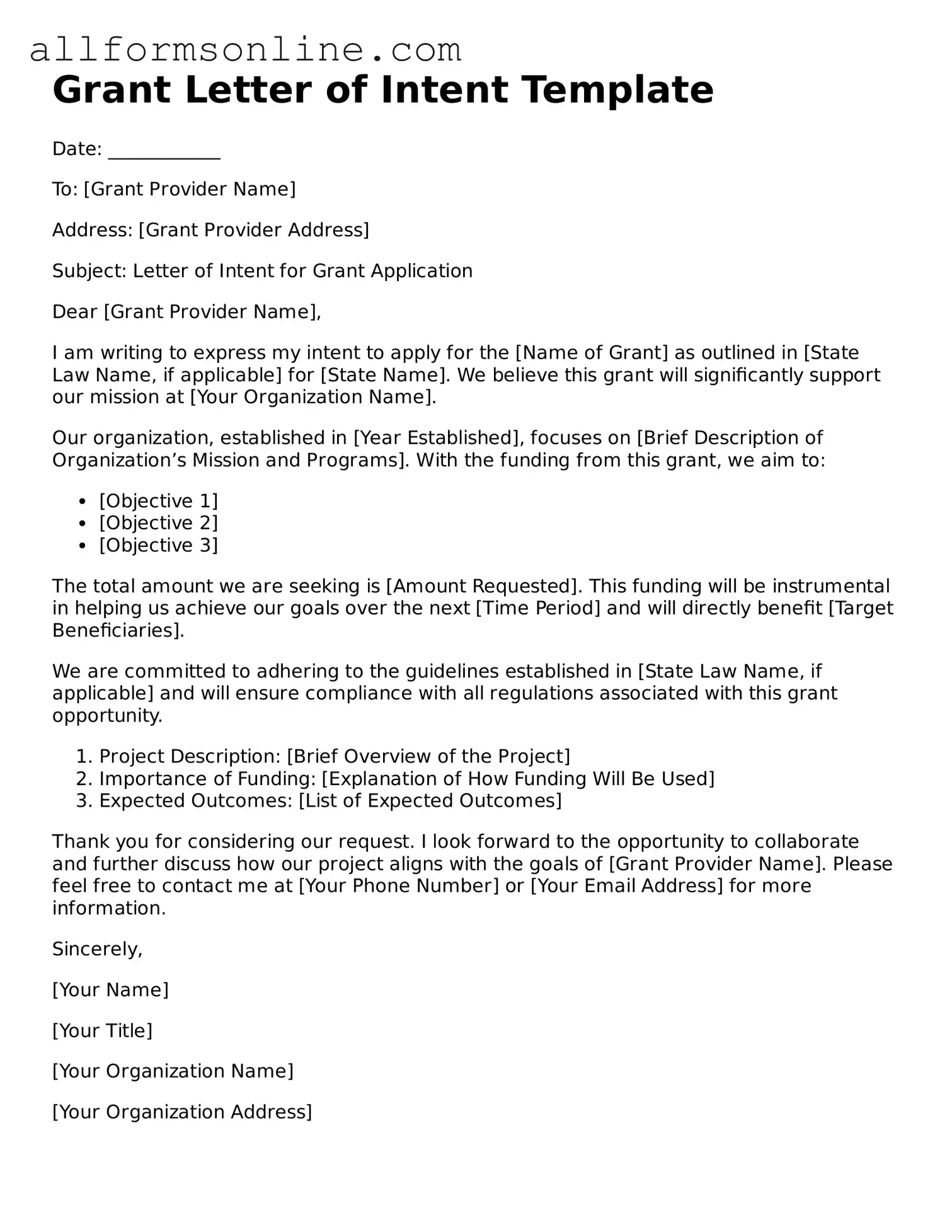What is a Grant Letter of Intent (LOI)?
A Grant Letter of Intent is a preliminary proposal submitted to a funding organization. It serves as an initial communication that outlines a potential project or program for which funding is sought. The LOI allows the funder to assess the project's alignment with their priorities before a full grant application is developed.
Why is submitting an LOI important?
Submitting an LOI is important because it helps both the applicant and the funder. For the applicant, it provides an opportunity to gauge interest from the funder and receive feedback on the proposed project. For the funder, it streamlines the review process by allowing them to identify projects that fit their funding criteria before committing resources to a full application review.
What information should be included in the LOI?
An effective LOI typically includes a brief overview of the organization, a description of the project or program, the target population, the anticipated outcomes, and a budget summary. It is also beneficial to mention how the project aligns with the funder's mission and goals. Clarity and conciseness are key, as funders often review many LOIs.
How long should the LOI be?
The length of a Grant LOI can vary depending on the funder's guidelines. Generally, it should be concise, often ranging from one to three pages. It is crucial to adhere to any specific formatting or length requirements outlined by the funding organization.
What happens after submitting the LOI?
After submitting the LOI, the funder will review the proposal to determine if it aligns with their funding priorities. If the LOI is well-received, the applicant may be invited to submit a full grant application. In some cases, the funder may provide feedback or request additional information before making a decision.
Are there any common mistakes to avoid when writing an LOI?
Common mistakes include failing to follow the funder's guidelines, being overly vague or too detailed, and neglecting to clearly articulate the project's significance. It is also important to avoid jargon and ensure that the language is accessible to all readers. Proofreading for clarity and grammatical accuracy is essential to make a strong impression.
